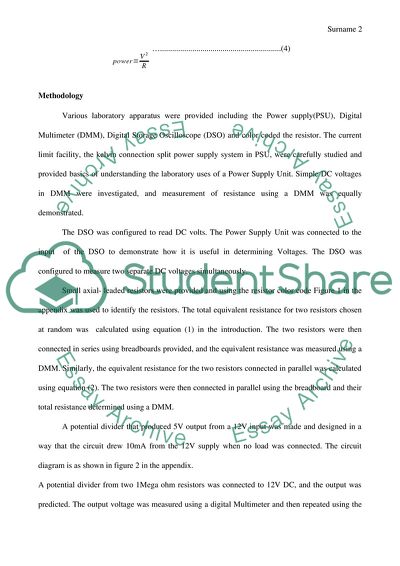Basic Lab Instrument Familiarity and Resistor Basics Report. https://studentshare.org/physics/1846522-basic-laboratory-instrument
Basic Lab Instrument Familiarity and Resistor Basics Report. https://studentshare.org/physics/1846522-basic-laboratory-instrument.


